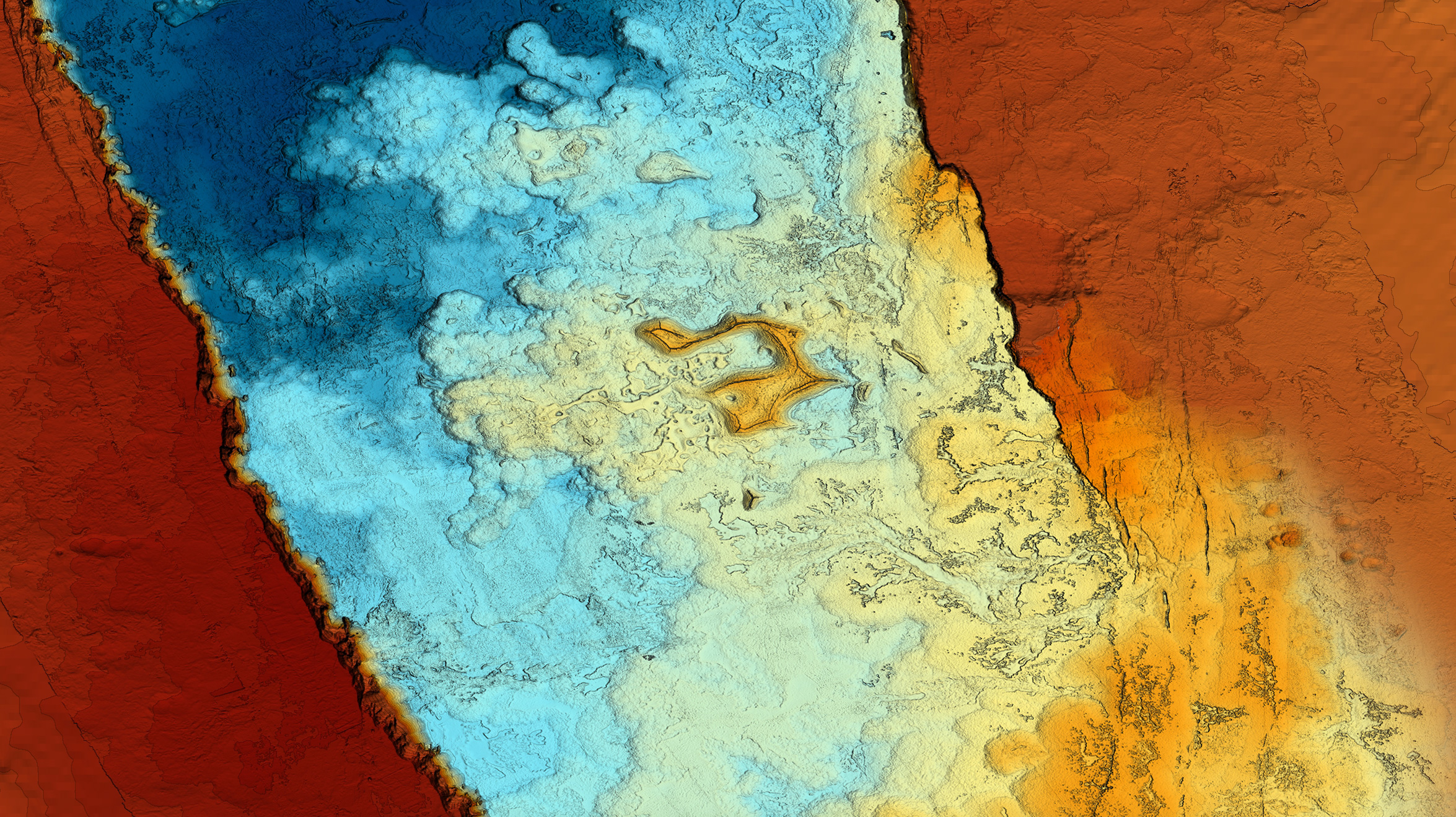
Welcome to the Interactive Oceans Data Portal
The Interactive Oceans Data Portal is an interface designed to provide scientists, educators, and students easy access to Ocean Observatories Initiative (OOI)

The Interactive Oceans Data Portal is an interface designed to provide scientists, educators, and students easy access to Ocean Observatories Initiative (OOI)

We are looking for students interested in the UW Sea-Going Research and Discovery course (OCEAN 411). This at-sea course will provide you

The Axial Base site is located at the southern foot of Axial Seamount, an active volcano off the coast of Oregon. This site is far from the continental shelf (>350 km) and reaches depths of 2600 meters. Therefore, it represents an open-ocean or pelagic site in the continuum of observing scales represented in the OOI’s cabled system.

The Slope Base – Cascadia Margin site is located ~125 km west of Newport, Oregon (OR), adjacent to the continental slope at a water depth of approximately 2,900 m. Here, RCA geophysical sensors focus on detection of seismic and tsunami events associated with earthquakes along the Cascadia Subduction Zone and within the accretionary prism. Shallow Profiler and Deep Profiler moorings with a complementary set of seafloor sensors are directed at understanding processes associated with climate change, ocean and ecosystem dynamics, biogeochemical cycles, and topographic forcing effects in an area impacted by the eastern boundary California Current.

The Ocean Observatories Initiative (OOI) Regional Cabled Array (RCA), operational in the NE Pacific since 2014, includes a cabled junction box at Hydrate Ridge, a site of methane seeps at ~780m water depth approximately 90 km west of Newport, OR. Located in the central Cascadia accretionary complex, Hydrate Ridge is a well-known and highly studied gas hydrate deposit, with documented seafloor venting and formation of gas-rich hydrate deposits near the seafloor (Suess et al. 2002; Tryon et al. 2002). Previous research via drilling and remotely-operated vehicles (ROVs) provides a basis for understanding the heterogeneous distribution of gas hydrates in this area and the processes that lead to their formation (Trehu, et. al. 2004). Subseafloor imaging using three dimensional seismic surveys have defined a focused plumbing system that the OOI used to determine deployment locations for observatory sensors (Bangs, et al. 2011).

Axial Seamount, on the Juan de Fuca spreading center, is an optimal site for a long-term observatory. It is located just one day by ship from the Washington and Oregon coasts and it is one of the main experimental sites on the Regional Cabled Array. Axial Seamount was chosen as a key observatory site because it is the largest and most magmatically robust volcano on the spreading center, having erupted in 1998, 2011, and again April 24, 2015. It hosts numerous active hydrothermal fields and abundant sites of diffuse flow. It is the most advanced volcanic observatory in the worlds’ oceans: Over 20 instruments now stream data at the speed of light to shore for a global audience to use.

The Oregon Offshore site (600 m depth; ~40 miles west of Newport, OR) includes both uncabled and RCA infrastructure, and utilizes fixed and mobile assets to observe cross-shelf and along-shelf variability in the coastal upwelling region of the Oregon and Washington coasts. This site is designed to examine biogeochemical and physical oceanographic processes within such highly productive coastal environments. Specifically, the impacts of wind-driven upwelling of nutrient-rich currents on biological communities and hypoxia events. At the offshore site on the continental slope, zooplankton migrate on a daily basis from a depth of a few hundred meters to the surface, wind-stress curl and offshore eddies interact with the coastal circulation, and a subsurface undercurrent moves poleward.

The Oregon Shelf site (80 m depth) is the shallowest OOI site to have cabled assets. It includes both uncabled and RCA infrastructure, and utilizes fixed and mobile assets to observe cross-shelf and along-shelf variability in the coastal upwelling region of the Oregon and Washington coasts. This site is designed to examine biogeochemical and physical oceanographic processes within such highly productive coastal environments, specifically, the impacts of wind-driven upwelling of nutrient-rich currents on biological communities and hypoxia events. At the shelf site, roughly 20-30 km from shore, upwelling fronts, alongshore jets, and plankton blooms can be found. The seafloor in this domain is muddy, and near-bottom hypoxia has been observed to peak in this area.